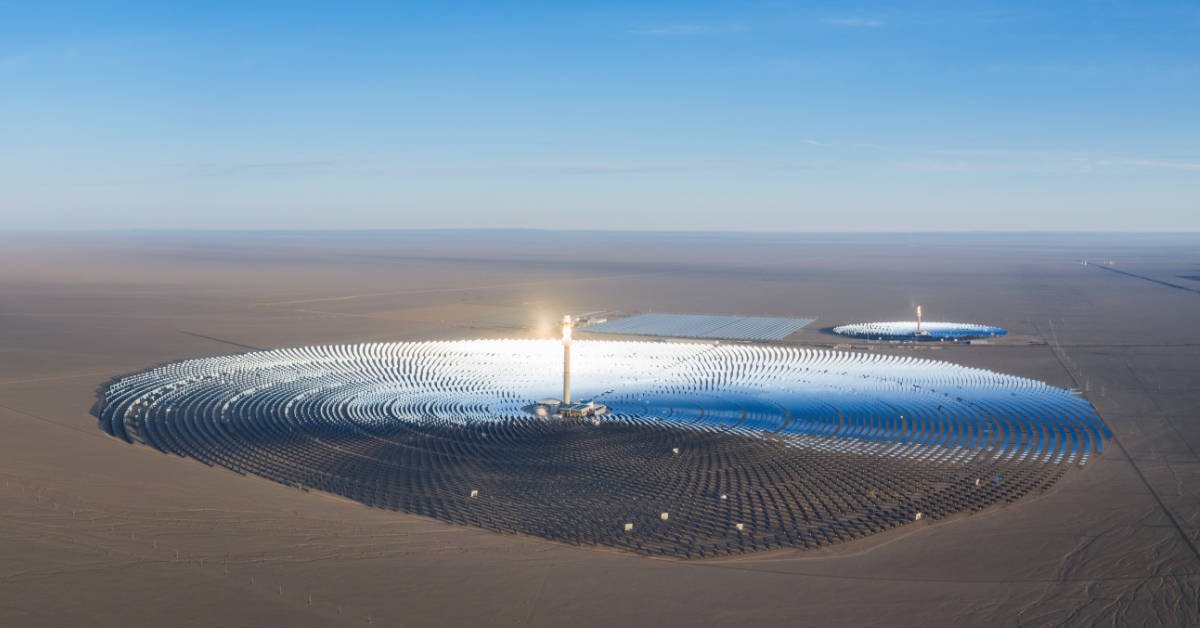The US goal of reaching a net-zero economy by 2050 will be supported by the advances in concentrated solar thermal power (CSP) technology. To achieve this aim, the US Energy Department has arranged a loan of a total of USD 24 million, of which 2.3 million are destined for the Australian company Vast Solar.
The operation of the plant
The concentrated solar thermal power technologies use mirrors to focus solar energy into high-temperature heat, which is then used to generate synchronous and entirely distributable power to form electricity and industrial processing.
The grant will be used to create and test concepts for thermal energy storage tanks made of molten salt to enhance the efficiency of CSP facilities.
Concentrated solar thermal power plants are among a select group of established long-duration storage technologies essential for decarbonising industrial process heat and electricity production.
The US vision
According to U.S. Secretary of Energy Jennifer M. Granholm “solar-thermal technologies provide a significant opportunity to upgrade and reduce emissions of industrial plants across the nation while meeting America’s energy needs with reliable, around-the-clock power generation”.
Through the use of this technology the United States aims to build a clean energy economy and meet their climate goals, while diversifying the sources of dependable and readily available clean energy.
The choice of the Australian company
The Australian Government committed to Vast Solar the terms of concessional finance of up to $110 million to support the development of a 30MW CSP with more than eight hours of energy storage project as part of its 2022–23 Budget process.
The world’s leading facility, located in Port Augusta (South Australia), will provide clean and affordable energy and ignite a manufacturing sector for renewable energy products, creating hundreds of direct and indirect jobs.
How concentrated solar thermal works?
Solar energy technology, known as concentrated solar thermal (CST), harnesses sunlight to generate heat. CST systems use mirrors, known as heliostats, to focus sunlight onto a specific area, favoring an increase in temperature. A fluid, such as oil or molten sodium, is used to capture this heat, which can heat water and produce steam, which powers a turbine and generates electricity.
There are different types of concentrated solar thermal plants:
- Linear Fresnel – consists of long rows of flat or slightly curved mirrors that move independently on one axis. The mirrors reflect the sun to fixed linear receivers mounted above them on towers.
- Tower – involves an array of heliostats (large mirrors with two-axis tracking) concentrating sunlight onto a fixed receiver at the top of a tower.
- Dish – a highly efficient emerging technology in which a paraboloidal dish with two-axis tracking focuses sunlight on a point receiver.
- Trough – the most widely deployed technology. It uses parabolic mirrors to track the sun from east to west.
Spain is currently the world leader in using CST to produce energy, with around 2.3 GW in operation. The United States comes in second with approximately 1.7 GW in operation.
Source: energymatters.com.au


